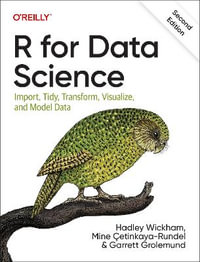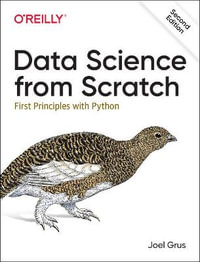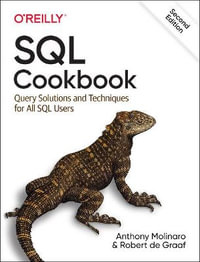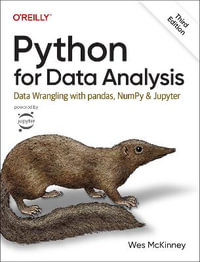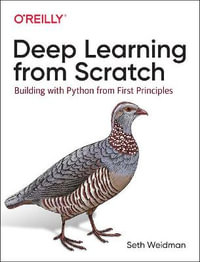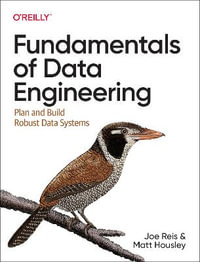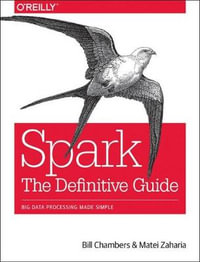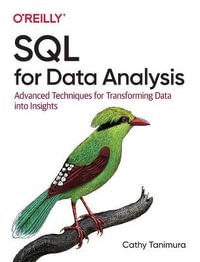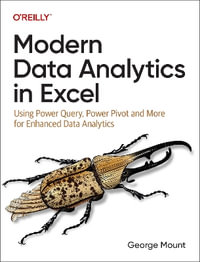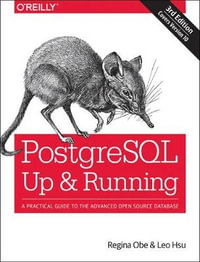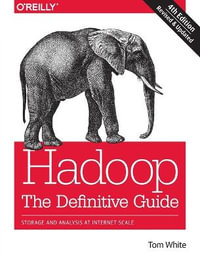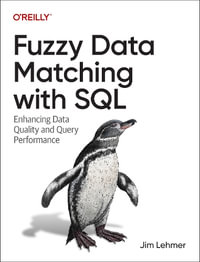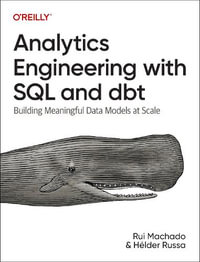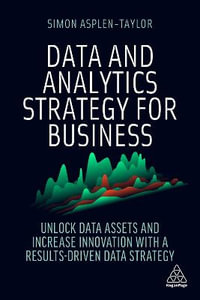| Introduction | |
| Introduction | p. 3 |
| What is Data Mining? | p. 5 |
| What is Needed to Do Data Mining | p. 5 |
| Business Data Mining | p. 7 |
| Data Mining Tools | p. 8 |
| Summary | p. 8 |
| Data Mining Process | p. 9 |
| CRISP-DM | p. 9 |
| Business Understanding | p. 11 |
| Data Understanding | p. 11 |
| Data Preparation | p. 12 |
| Modeling | p. 15 |
| Evaluation | p. 18 |
| Deployment | p. 18 |
| SEMMA | p. 19 |
| Steps in SEMMA Process | p. 20 |
| Example Data Mining Process Application | p. 22 |
| Comparison of CRISP & SEMMA | p. 27 |
| Handling Data | p. 28 |
| Summary | p. 34 |
| Data Mining Methods as Tools | |
| Memory-Based Reasoning Methods | p. 39 |
| Matching | p. 40 |
| Weighted Matching | p. 43 |
| Distance Minimization | p. 44 |
| Software | p. 50 |
| Summary | p. 50 |
| Job Application Data Set | p. 51 |
| Association Rules in Knowledge Discovery | p. 53 |
| Market-Basket Analysis | p. 55 |
| Market Basket Analysis Benefits | p. 56 |
| Demonstration on Small Set of Data | p. 57 |
| Real Market Basket Data | p. 59 |
| The Counting Method Without Software | p. 62 |
| Conclusions | p. 68 |
| Fuzzy Sets in Data Mining | p. 69 |
| Fuzzy Sets and Decision Trees | p. 71 |
| Fuzzy Sets and Ordinal Classification | p. 75 |
| Fuzzy Association Rules | p. 79 |
| Demonstration Model | p. 80 |
| Computational Results | p. 84 |
| Testing | p. 84 |
| Inferences | p. 85 |
| Conclusions | p. 86 |
| Rough Sets | p. 87 |
| A Brief Theory of Rough Sets | p. 88 |
| Information System | p. 88 |
| Decision Table | p. 89 |
| Some Exemplary Applications of Rough Sets | p. 91 |
| Rough Sets Software Tools | p. 93 |
| The Process of Conducting Rough Sets Analysis | p. 93 |
| Data Pre-Processing | p. 94 |
| Data Partitioning | p. 95 |
| Discretization | p. 95 |
| Reduct Generation | p. 97 |
| Rule Generation and Rule Filtering | p. 99 |
| Apply the Discretization Cuts to Test Dataset | p. 100 |
| Score the Test Dataset on Generated Rule set (and measuring the prediction accuracy) | p. 100 |
| Deploying the Rules in a Production System | p. 102 |
| A Representative Example | p. 103 |
| Conclusion | p. 109 |
| Support Vector Machines | p. 111 |
| Formal Explanation of SVM | p. 112 |
| Primal Form | p. 114 |
| Dual Form | p. 114 |
| Soft Margin | p. 114 |
| Non-linear Classification | p. 115 |
| Regression | p. 116 |
| Implementation | p. 116 |
| Kernel Trick | p. 117 |
| Use of SVM - A Process-Based Approach | p. 118 |
| Support Vector Machines versus Artificial Neural Networks | p. 121 |
| Disadvantages of Support Vector Machines | p. 122 |
| Genetic Algorithm Support to Data Mining | p. 125 |
| Demonstration of Genetic Algorithm | p. 126 |
| Application of Genetic Algorithms in Data Mining | p. 131 |
| Summary | p. 132 |
| Loan Application Data Set | p. 133 |
| Performance Evaluation for Predictive Modeling | p. 137 |
| Performance Metrics for Predictive Modeling | p. 137 |
| Estimation Methodology for Classification Models | p. 140 |
| Simple Split (Holdout) | p. 140 |
| The k-Fold Cross Validation | p. 141 |
| Bootstrapping and Jackknifing | p. 143 |
| Area Under the ROC Curve | p. 144 |
| Summary | p. 147 |
| Applications | |
| Applications of Methods | p. 151 |
| Memory-Based Application | p. 151 |
| Association Rule Application | p. 153 |
| Fuzzy Data Mining | p. 155 |
| Rough Set Models | p. 155 |
| Support Vector Machine Application | p. 157 |
| Genetic Algorithm Applications | p. 158 |
| Japanese Credit Screening | p. 158 |
| Product Quality Testing Design | p. 159 |
| Customer Targeting | p. 159 |
| Medical Analysis | p. 160 |
| Predicting the Financial Success of Hollywood Movies | p. 162 |
| Problem and Data Description | p. 163 |
| Comparative Analysis of the Data Mining Methods | p. 165 |
| Conclusions | p. 167 |
| Bibliography | p. 169 |
| Index | p. 177 |
| Table of Contents provided by Ingram. All Rights Reserved. |

